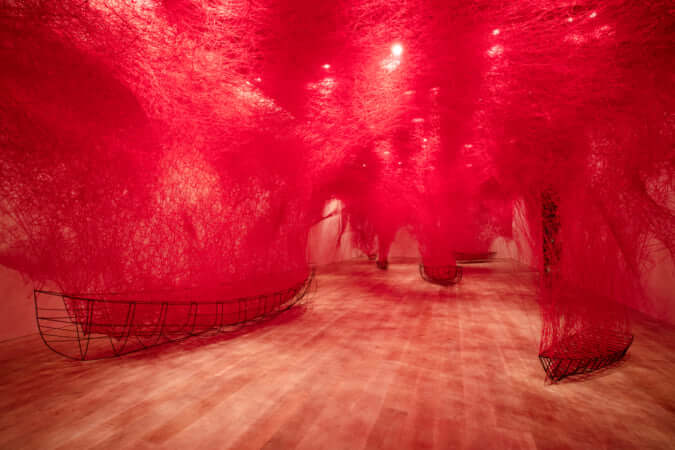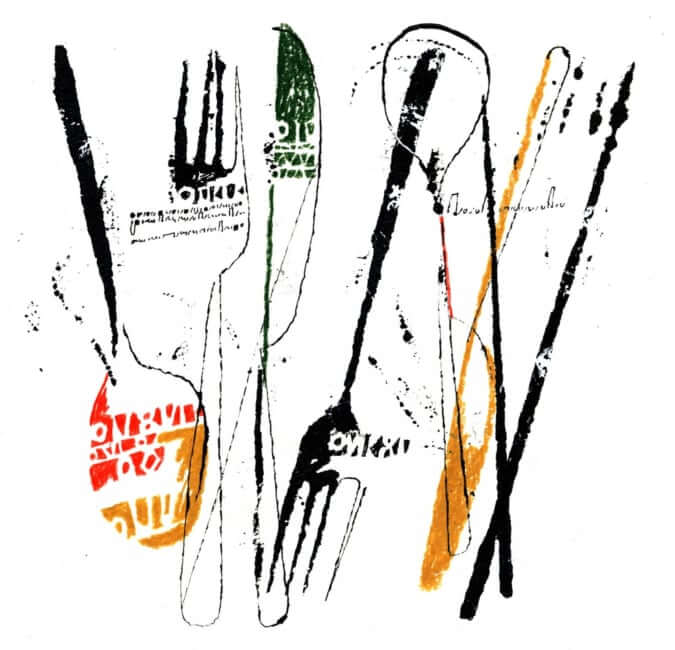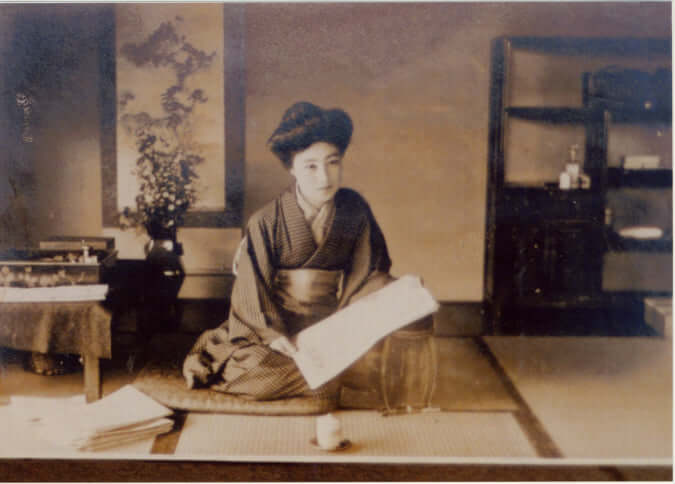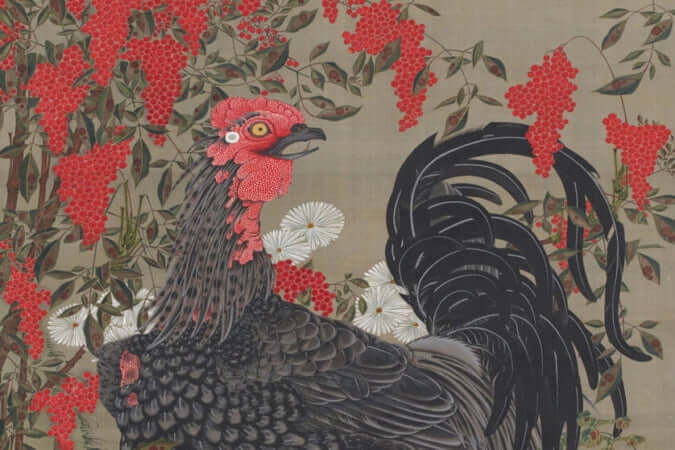The Pinnacle of Japanese Luxury
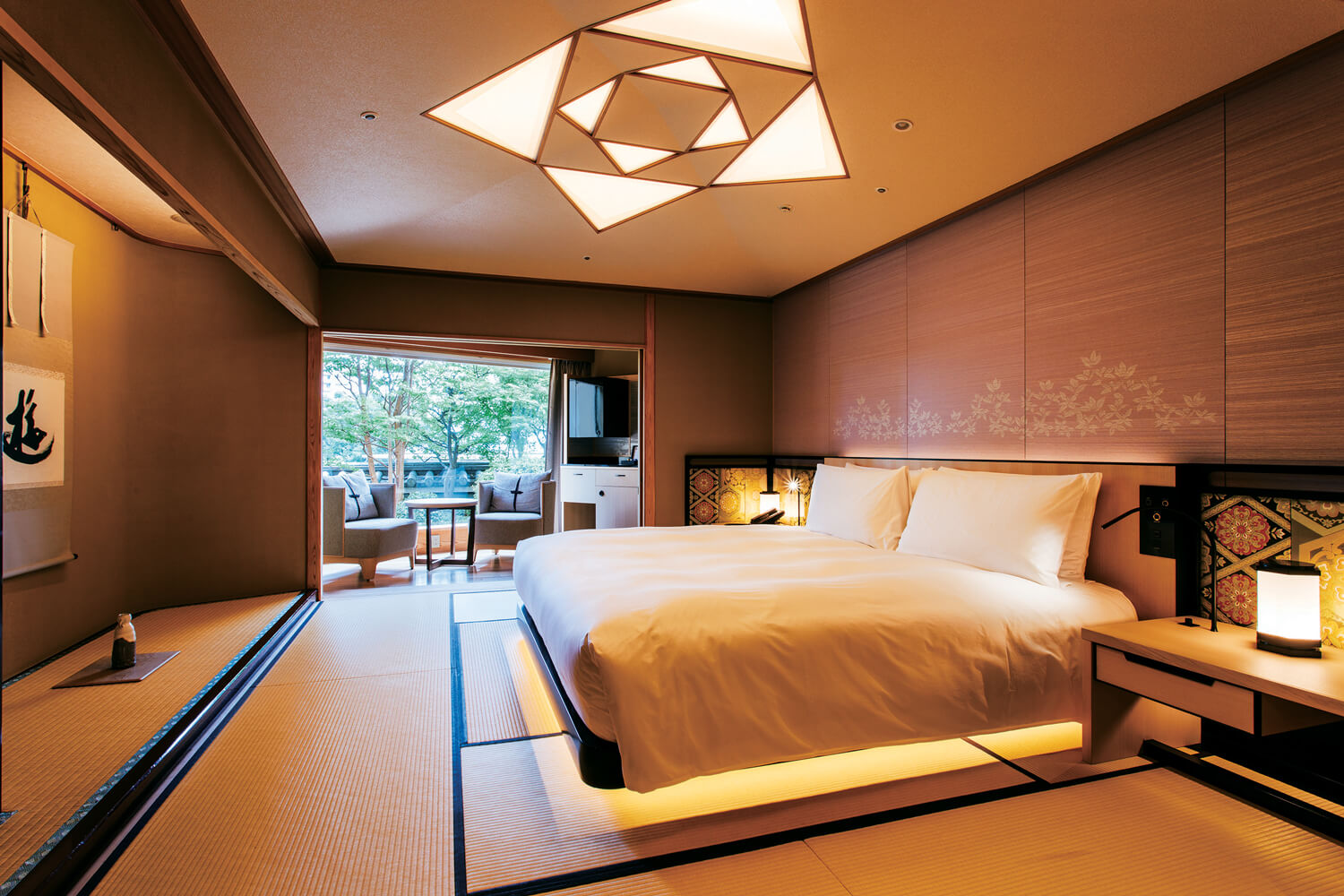
The interior in pure wafu style, unique in Tokyo for a luxury hotel. From the outdoor gallery, you can admire the garden of the four seasons, or the view of the Meguro River.
A room with a view of the cherry trees on the banks of the Meguro River. Surrounded by nature, yet you are in the very centre of Tokyo. This is what makes the reputation of Hotel Gajoen Tokyo in the first place. When, in 1928, the entrepreneur Rikizo Hosokawa founded Gajoen, originally a traditional restaurant, he had it built and decorated by the most exquisite Japanese artists and artisans of his time. All the visitors were dazzled.
As is often the case, happiness is to be found in the details. The wood and paper partitions with openwork geometric patterns are of incredible finesse. The intricate craftwork with inclusions of black lacquer and pearly shells plays with light and shade. Let’s not forget the portraits of beauties and the paintings of flowers and birds that occupy the entire surface of the walls and ceilings, all signed by the most famous painters. Even today, the most exquisite works of Japanese art find their place here, to the delight of the eyes: this is the way of luxury according to Gajoen. The hotel’s apotheosis, the ‘100 Step Staircase’, a miracle work whose original wooden structure was conceived at the time by a master carpenter, today appears in the repertoire of the cultural treasures of Tokyo.
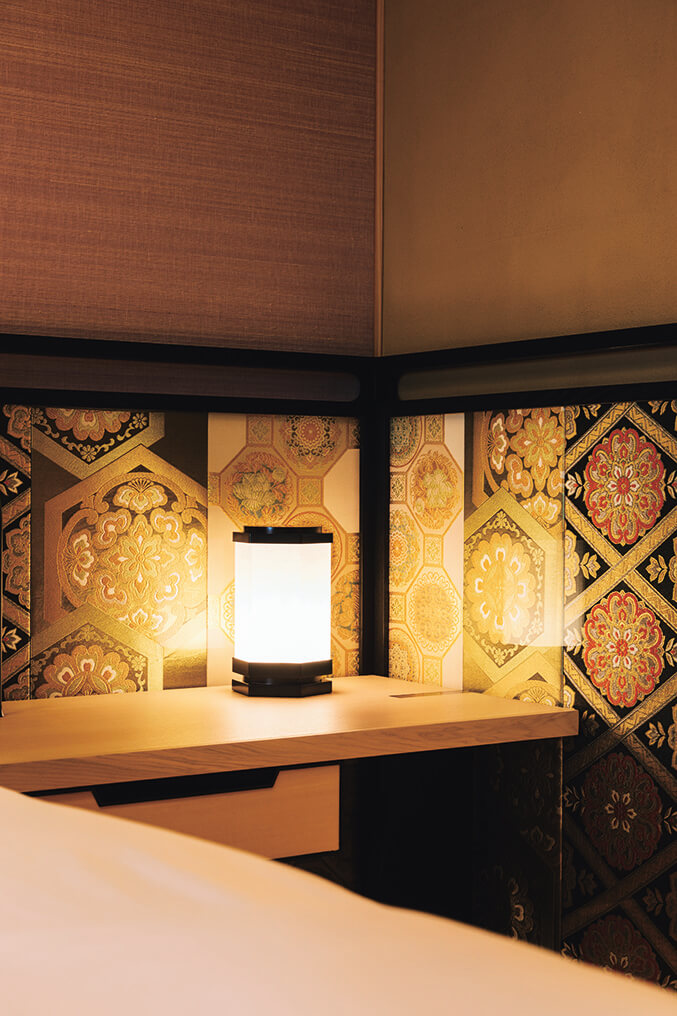
The headboards are decorated with Nishijin-ori embroidery. Each room has its own original patterns. The wall hangings are embroidered with ardisia patterns.
In the 90 years of its history, the once traditional restaurant became a hall for private wedding ceremonies, before becoming the luxurious Hotel Gajoen Tokyo in 2017, thanks to extensions of the rooms. The 12 wafu (Japanese style) rooms reopened last July.
An extremely rare choice in Tokyo, these rooms are furnished with luxury beds for a perfectly comfortable sleep, even while the traditional style remains preserved in the tatami rooms, where it is required to take off your shoes. Each room, with an area of more than 80 square meters, is separated from the others by a wrap-around corridor, allowing for personalized stays.
The twelve rooms bear the names of ancient Japanese provinces: Izumo, Musashi, Satsuma… names which in themselves are invitations to travel. However, the Gajoen pushes luxury even further: in the Izumo room the headboard is decorated with fan patterns and turtle shells made of Nishijin-ori fabric, in the motif of the lucky charms of the famous Izumo sanctuary. The headboard itself is made in the image of the Furosaki Byobu screen from the tea ceremony. The infallible selection made by Rikizo Hosokawa, his fabulous sense of luxury, and the patina left by the passage of time have made Hotel Gajoen Tokyo a museum-hotel like no other. With its modern equipment and delicate beauty – the perfect expression of pure Japanese tradition – staying in these wafu rooms feels like combining the intimacy of the tea ceremony with the experience of living in a contemporary mansion.
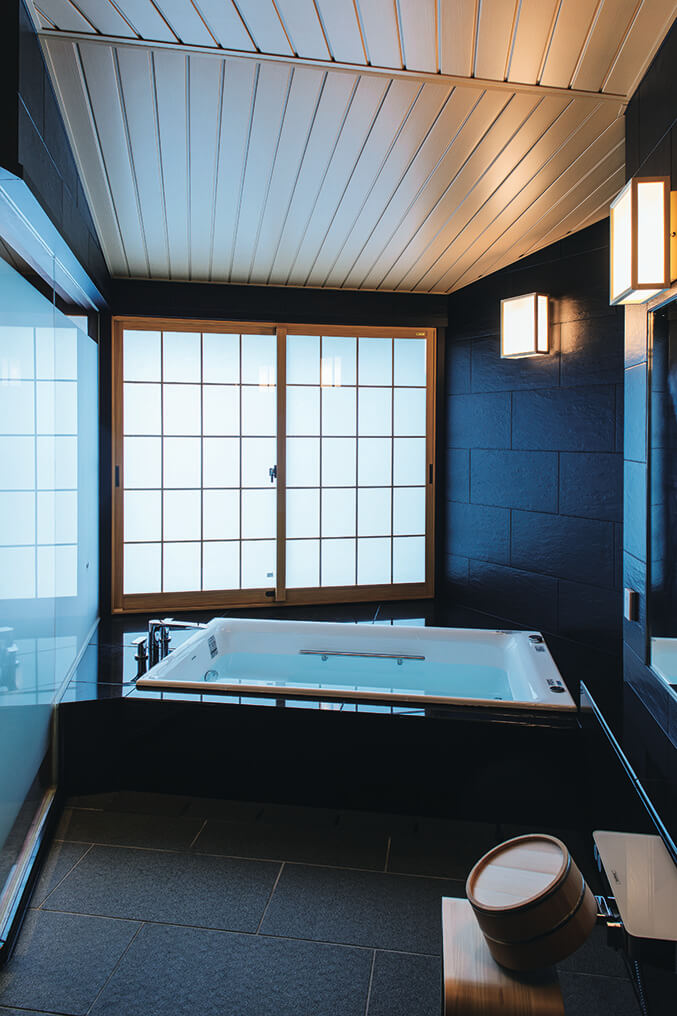
The bathrooms combine the most contemporary amenities, jacuzzi, steam sauna... with wooden stool and tub, and traditional lantern-shaped Andon light fixtures. The purest expression of Japanese bathing culture.
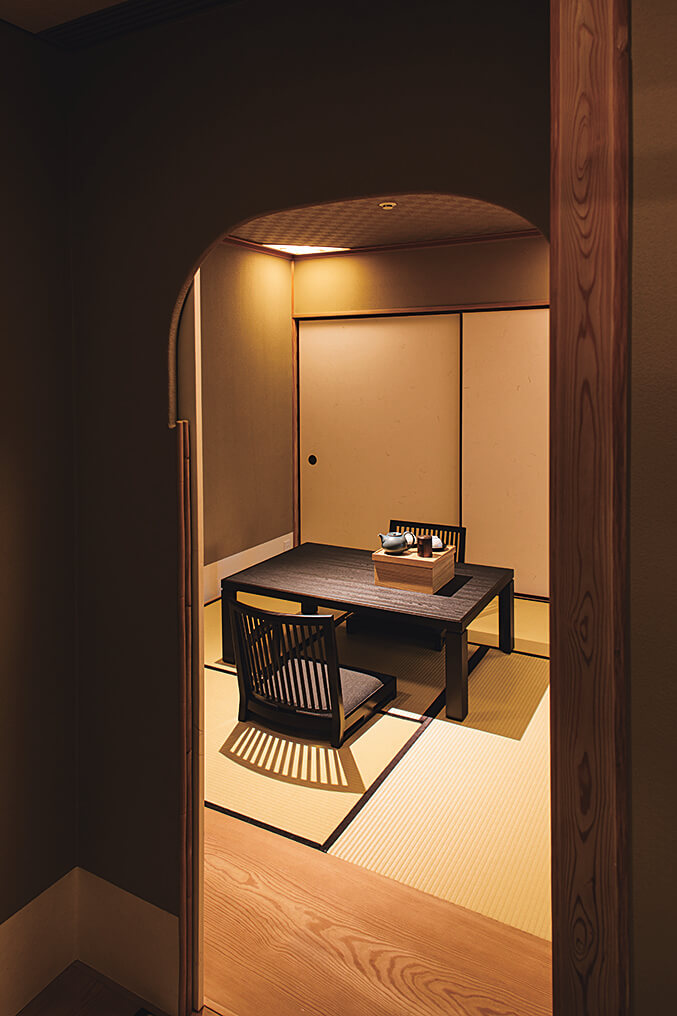
A small room for discovering the intimacy of the tea ceremony. The wood and paper partitions make the space flexible, according to the high degree of wisdom in Japanese arrangements.
TRENDING
-
The Tattoos that Marked the Criminals of the Edo Period
Traditional tattoos were strong signifiers; murderers had head tattoos, while theft might result in an arm tattoo.

-
Chiharu Shiota, Red Threads of the Soul
Last year, more than 660,000 people visited the retrospective 'Chiharu Shiota: The Soul Trembles' exhibit at the Mori Art Museum.

-
‘Before Doubting Others, Doubt Yourself. Who Can Truly Say a Dish Isn’t What It Used to Be?’
In ‘A Non-Conformist’s Guide to Surviving Society’, author Satoshi Ogawa shares his strategies for navigating everyday life.

-
The Story of Sada Yacco, the Geisha who Bewitched Europe
Described by Dazed magazine as the first beauty influencer, she has been restored to her former glory since 2019.

-
Ito Jakuchu's Naturalist Paintings
From 15 September until 14 October 2018, the Petit Palais showcased the artist's iconic ‘Images of the Colourful Realm of Living Beings’.


